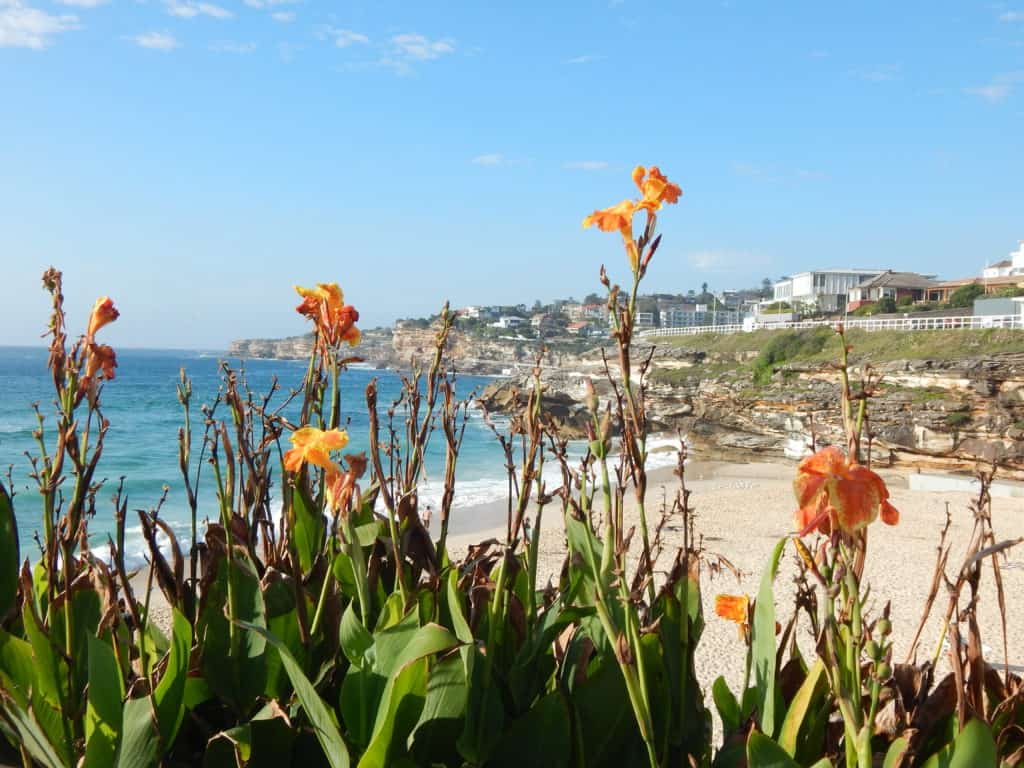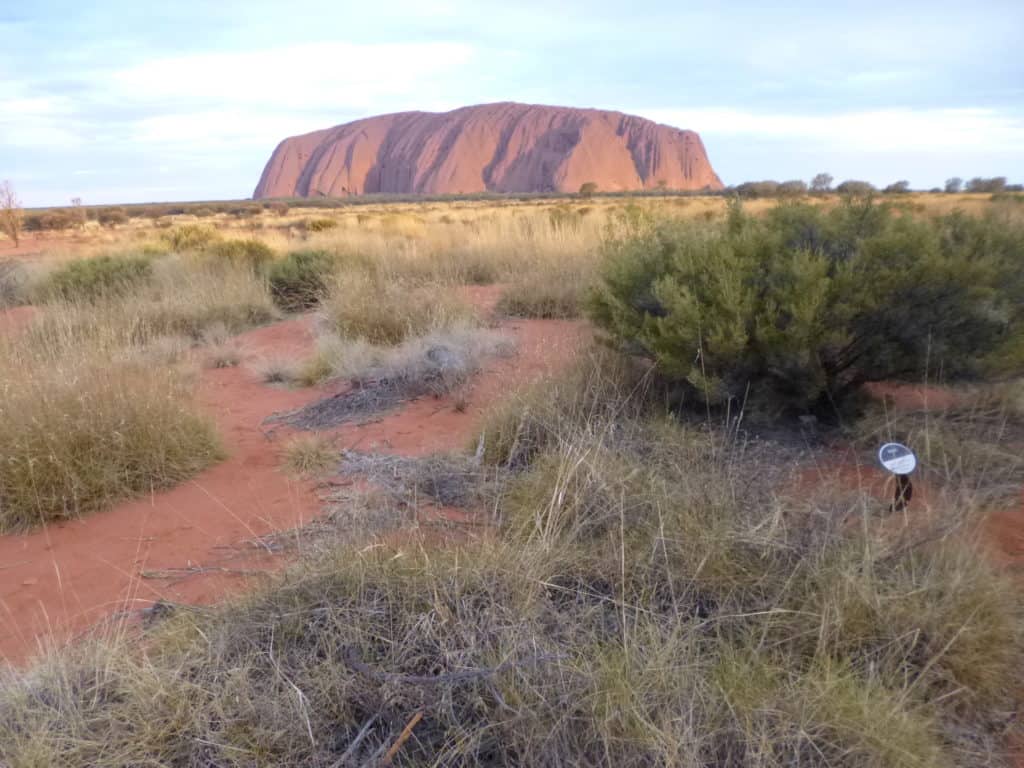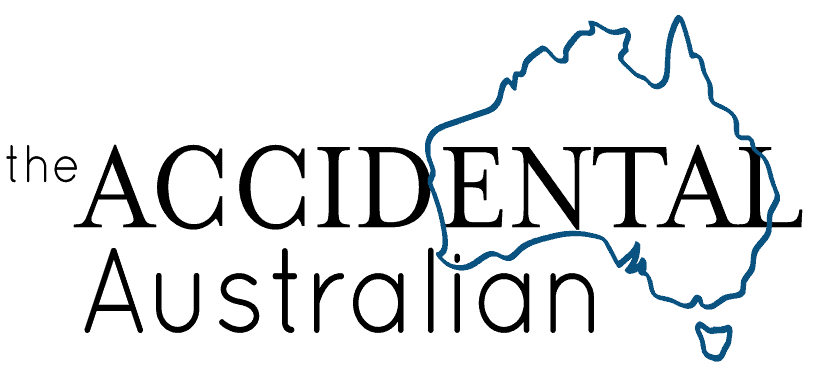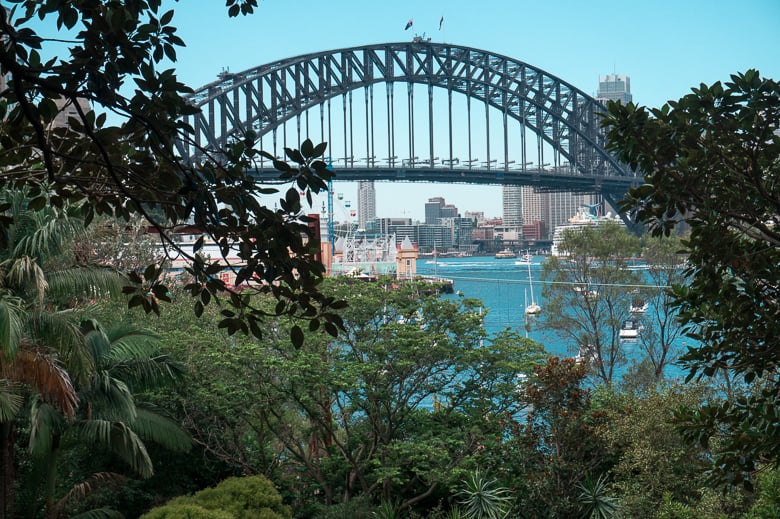Take in a show and enjoy the iconic beauty of the Opera House, explore the majestic red centre of the Outback, and make a splash at the Great Barrier Reef. There’s really nowhere else like it.
However, it’s not always the cheapest country to visit, so it helps to plan ahead. Here’s how to budget for travel to Australia, whether you want to visit as a tourist or backpacker.
Work Out How Much You Need
Start by working out how much you’ll need to save. This really comes down to how long you’d like to stay, whether or not you’re able to work (more on this below), and your preferred level of comfort. Plus, think about the epic activities you want to do down under, as the costs of visiting places like Uluru and the Great Barrier Reef can add up quickly.
Most tourists stay for at least a few weeks, since there’s so much to see and do, but even if you only have a week, you can still see quite a lot—it all depends on your interests.
Here are a few Aussie itineraries to think about, which you can customise based on where you want to base yourself and what you want to see.
If you’re happy to share accommodation, you can find shared hostel rooms from around $20-$40 per night.
For a month of backpacking around Australia, you could probably manage for around $4,000 per person, if you’re willing to stay in hostels, cook your own meals, etc.
Here are a few sample costs to think about, based on some of the most popular Aussie attractions (subject to change):
- Climbing the Sydney Harbor Bridge: From $198-$403 per adult. However, you can also walk across the bridge for free, which gives you epic views of the city.
- Diving Australia’s Great Barrier Reef: This varies based on what part of the reef you’re visiting, but most day trips from Cairns or the Whitsundays are approx. $200-$300 per adult.
- A three-day backpacker trip to Uluru: $500-$1,000 per adult
That being said, tourism has massively suffered in the last few years, with many companies likely to offer amazing deals to encourage international visitors.

Get Your Finances in Order
Before booking your trip, you really want to make sure you have enough money saved to cover everything you want to do, plus a bit extra for unexpected emergencies or awesome experiences you decide to add on, spur of the moment. Oh, and travel insurance—you 110% will want to have it before you arrive, especially with all of the ongoing issues related to the pandemic.
If you’re willing to work on saving for a few months before your trip, it’ll definitely be easier to afford some splurges when you get to Australia–learn more here about a few helpful budgeting tips.
If you’re staying in Australia for a while, you’ll want to open up a local bank account when you arrive. This will make it much easier to get paid, if you’re working and to use your debit card without international fees.
For short-term visits to Australia, notify your bank and let them know you’re going overseas. Otherwise, your card might not work. It doesn’t hurt to have some cash, but know that Australia uses debit/bank cards for just about everything, so you definitely don’t need to exchange large amounts of currency when you arrive.
Think About Travelling on a Working Holiday Visa
If you’re thinking about staying for a while in Australia, the best option is to apply for one of the working holiday visa programs. Depending on your nationality and age (you generally need to be under 30), you can apply for a one-year visa to live and work in Australia.
You can often apply for a second year after that, if you meet the requirements (such as completing a set number of weeks of work in regional Australia).
On a working holiday visa, you can work for up to six months for any one employer, so it’s a fantastic way to work and travel around Australia without eating into your savings. As Australia reopens, jobs in hospitality, retail, and tourism are going to be booming, so it shouldn’t be hard to find work after you arrive.
You’ll want to open a bank account soon after arrival and apply for a TFN, or tax file number, as this is a requirement to get paid. Recruitment agencies are really popular in Australia, so they can help you find work—they’re free to register with, so it’s fine to contact a few.
So glad Australia is reopening—start planning your trip and I know everyone in the tourism industry can’t wait to welcome you down under!
Note, all prices are approximate and are in Australian dollars (AUD).


